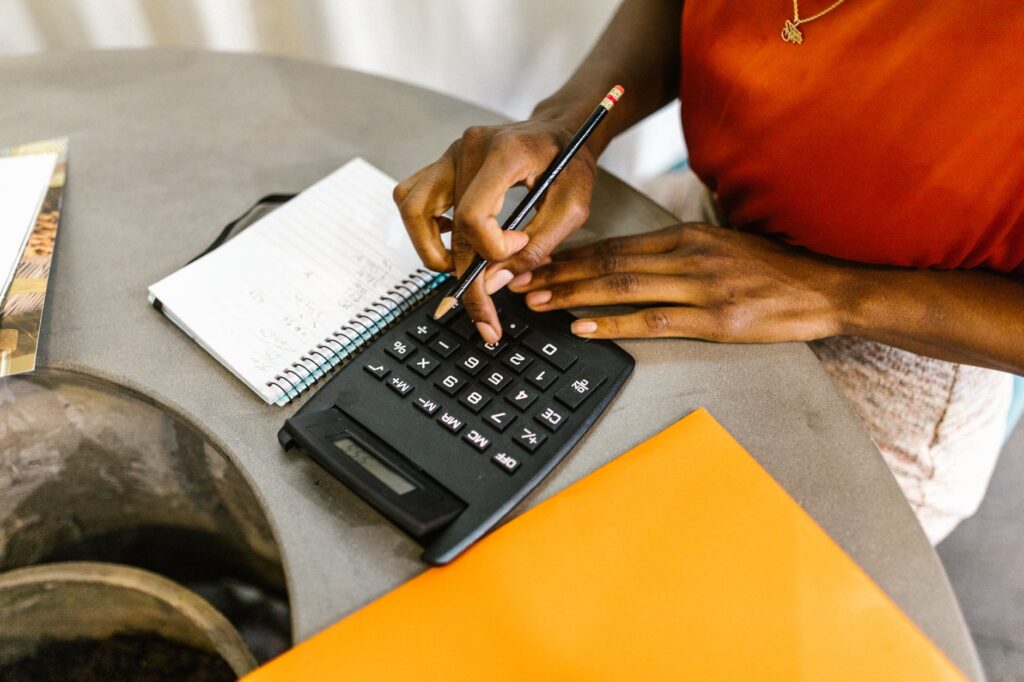
Once the strategy is in place, all you have to do is to manage your trades. The management of your risk, money, and emotions is more important than the strategy itself.
It will be the most significant factor affecting you on a daily basis. So, managing these aspects is a critical step in trading.
What is risk and money management?
In simple terms, risk and money management involves protecting your capital.
It is difficult to stay disciplined and protect your capital if your money management rules are not planned.
How to manage risk and money?
Don’t overtrade
The first trading rule is that you should never trade more than you can afford to lose. This means you should only invest what you can afford to lose, plus a little more.
Trading is a risk versus reward game, and if you play it correctly, you can win big. However, if you play it incorrectly, you could lose everything.
So, before you start investing your capital for trading, consider whether you can afford to lose the money you intend to invest.
Maintain emotional control
Trading is a highly emotional activity.
When you are excited about something, you want to act quickly. When you’re feeling down, you want to throw in the towel and give up.
Regrettably, this isn’t always possible. If you’re feeling down, you might believe you won’t be able to make it. However, if you maintain your positive attitude, you will be able to overcome any obstacles.
Maintain discipline
The second rule of trading is discipline. Discipline is the ability to stick to your plans and goals.
Without discipline, you could spend hours researching stocks and making trades only to forget about them until they expire. Then you’ll be wondering where all the money went.
Make a trading plan
The third trading rule is to have a plan. A plan will help you achieve your objectives by providing structure and direction.
It will also keep you from doing things that will hinder your progress.
For example, if you want to make $10,000 per month from trading, you must devise a strategy.
Do you want to concentrate your efforts on a specific type of stock, such as large cap stocks, small cap stocks, or foreign stocks? Or do you want to spread your bets across different types of stocks?
Once you’ve decided which approach to take, you must decide how many stocks to monitor. How many stocks do you want to track at the same time? The answers to these questions will help you determine your trading plan.
Practical tips for risk and money management
1% Rule
The most important rule in money management is to determine how much you will lose per day, week, or month.
If you are a day trader, decide how much money you are willing to lose per day if the market does not go your way.
Plan your maximum loss for the week or month if you are a swing trader.
The general rule of thumb is to set a stop loss of 1% to 2% of your capital for each trade.
This is known as risk management. This means, you are only risking 1% to 2% per trade.
This also means that your losses will be limited to 1% to 2% of your total trade value.
1 trade per day
Limit your losses by having one trade per day or a set number of trades according to your trading plan. Stick to it and avoid overtrading.
1:1.5+ RRR
Plan on a risk-reward ratio of at least 1:1.5 or higher. That is, if your profit target is always greater than your stop loss per trade and you have a good win rate, you will be profitable at the end of the month.
0.01 Lots
Position sizing is also critical for limiting your losses. Start with the smallest amount of profitable capital possible to avoid blowing up your capital.
If you are new to forex trading, start with the smallest lot size possible (0.01 lots).
Buy 10 or 100 shares of a stock if you’re buying stocks as a beginner.
1 Notebook
Keep a trading journal to record all of your trading details, such as backtested data, paper trading, and live trading. Or just to observe the market.
You’ll be able to see where your money is going, if we’re following our rules, and so on.
Example
In this post, we will use a 1% risk per trade as an example.
Now, if you have $10,000 in trading capital, you should set a stop loss of 1% of your capital = $100 as your highest stop loss.
So, if you trade 1 trade per day for 20 days in a month, you will still have 9900$ capital in your account available for trading the next day.
Even if you lose 10 trades in a row, which is impossible with a good strategy, you will still have $9000 to trade with for the entire month.
Where to learn Money and Risk management for free?
Resources & Links
Tradingview – Charting Platform
Zerodha – Trading brokerage platform (India)
Disclaimer
Trading involves substantial risk, and past performance is not indicative of future results. Always conduct your own research and consider seeking professional advice before making any investment decisions. The information provided on this platform about digital entrepreneurship is based on the author’s experiences and industry knowledge. It should not be considered as financial, legal, or business advice. Please consult with experts in these fields before making business decisions. This blog may contain affiliate links, and we may earn a commission if you make a purchase through these links. Your support is appreciated.

Pingback: Is it possible to double your money in a single trade? - ART OF HACKS
Pingback: My 10-STEP trading process for complete beginners !! - ART OF HACKS